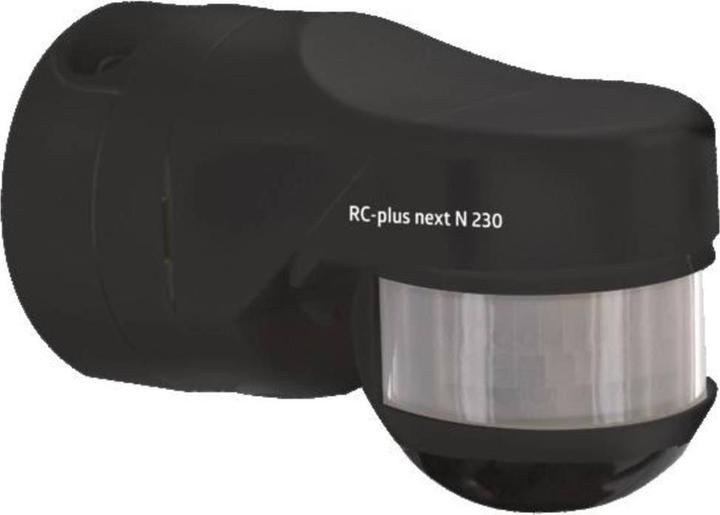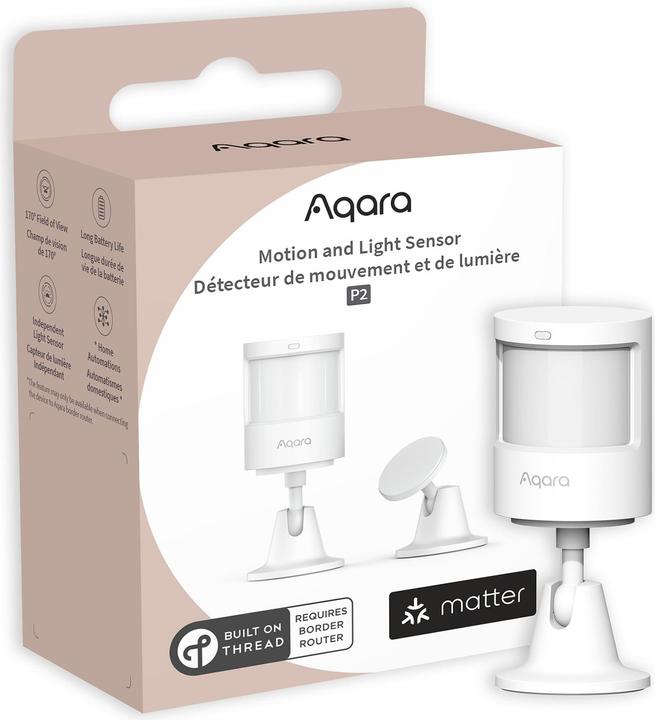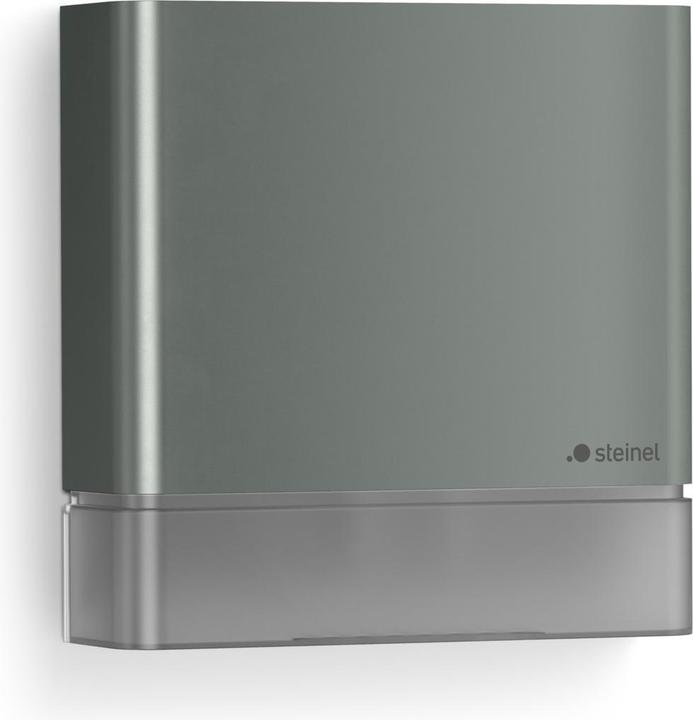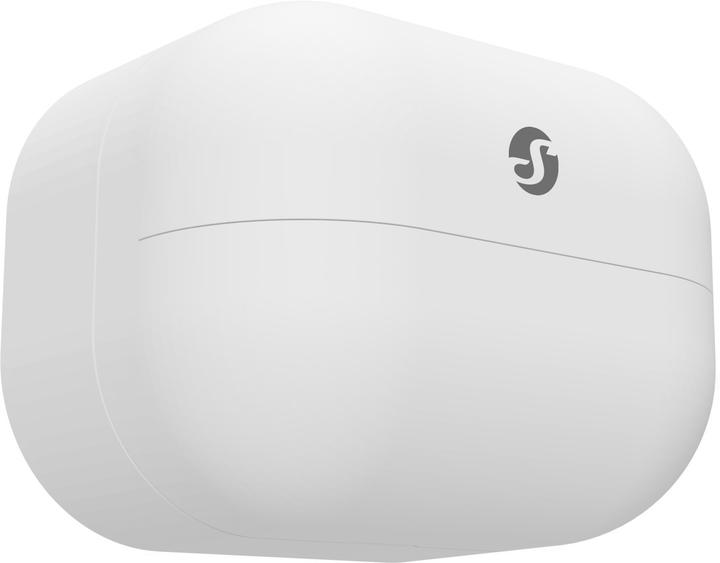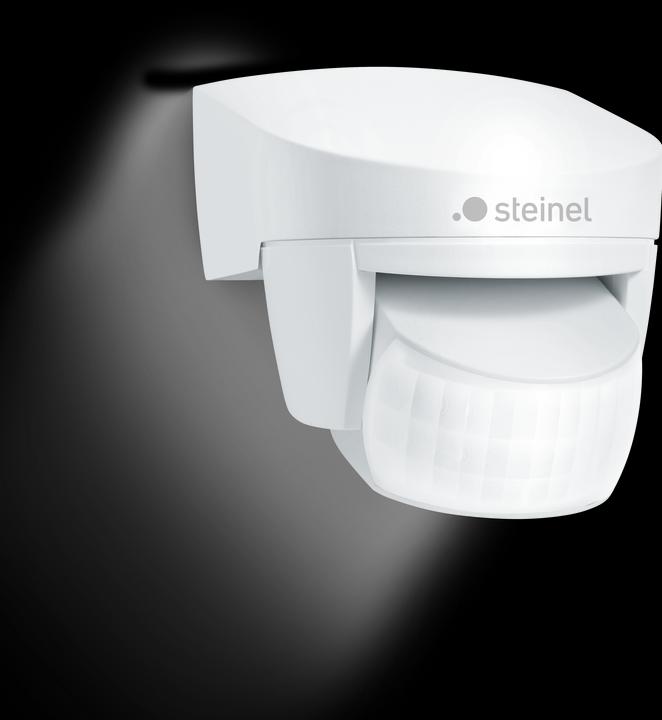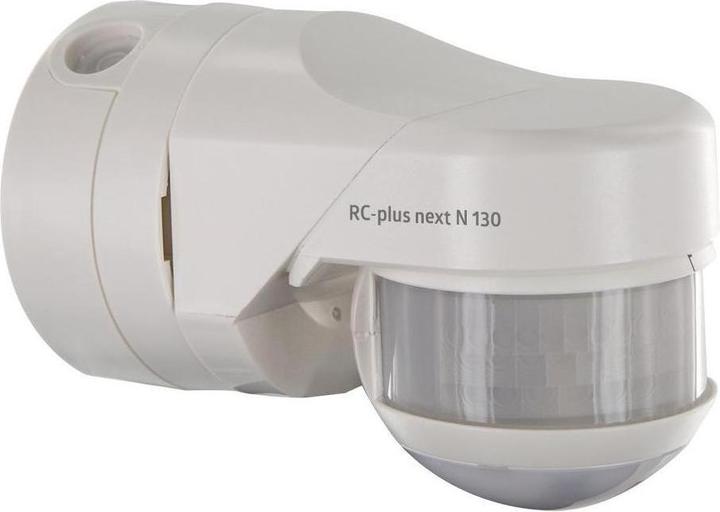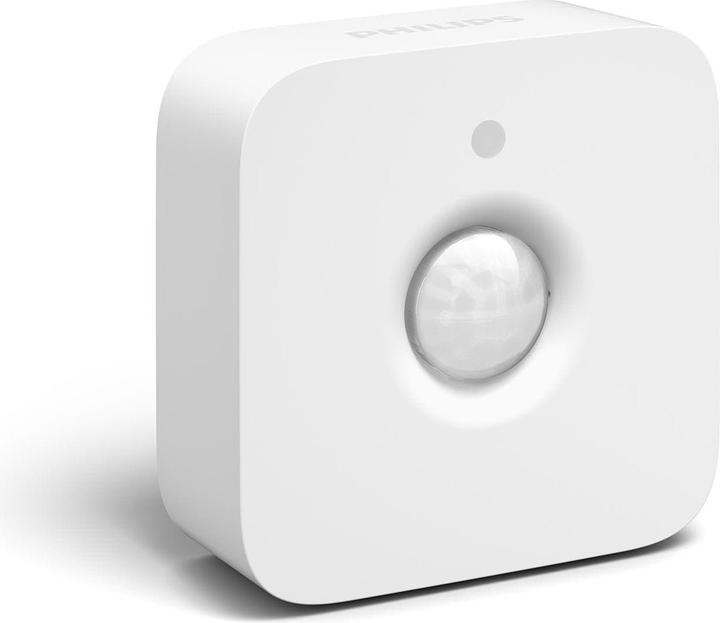
Too Many Motion Sensors? Here's How to Choose the Right One
Discover five key factors to consider when selecting the perfect motion sensor for your needs.
Last updated 6 days ago. Automatically generated content.


Select options and limit the number of products
Motion sensor type determines how the sensor detects movement, influencing its sensitivity and range. It is crucial for selecting the right sensor for specific environments, ensuring optimal security or automation.
Popular options (you can select more than one)
Motion sensor
Typical price
57.– to 160.–Detects movement through infrared, microwave, or ultrasonic waves.
Ideal for general security applications, providing reliable alerts for unauthorized movement.
Bestseller
Presence sensor
Typical price
120.– to 210.–Senses occupancy by detecting stationary objects in addition to movement.
Best for energy-efficient lighting control, ensuring lights are on only when spaces are occupied.
Bestseller

Philips Hue motion sensor
5 m
Range refers to the distance a motion sensor can detect movement, which is crucial for effective coverage of the desired area. Selecting the right range ensures that the sensor reliably detects motion within the intended space, improving security and automation efficiency.
Popular options
Up to 6 m
Typical price
120.– to 230.–Covers a short distance, suitable for small rooms or areas.
Ideal for use in compact spaces where close-proximity detection is sufficient.
Bestseller

Philips Hue motion sensor
5 m
7 - 15 m
Typical price
68.– to 170.–Offers a moderate detection range, suitable for medium-sized areas.
Perfect for general home use, providing balanced coverage for living rooms or offices.
Bestseller
16 - 30 m
Typical price
110.– to 210.–Provides a long detection range, suitable for large spaces or outdoor areas.
Ideal for monitoring expansive areas like warehouses or large backyards, ensuring comprehensive coverage.
Bestseller
The type of sensor in a motion detector determines how the device detects movement, affecting sensitivity and accuracy. Choosing the right sensor type ensures optimal performance for specific environments and security needs.
Popular options (you can select more than one)
PIR
Typical price
76.– to 190.–Uses passive infrared technology to detect changes in heat emitted by moving objects.
Ideal for indoor use, providing reliable performance with minimal false alarms.
Bestseller

Philips Hue motion sensor
5 m
IR
Typical price
57.– to 170.–Employs infrared light to detect motion, useful for capturing temperature variations.
Best for environments where detecting subtle temperature changes is crucial, such as in security systems.
Bestseller
Ultrasound
Typical price
150.– to 340.–Utilizes ultrasonic waves to detect movement by measuring sound wave reflections.
Effective in environments where objects may block other sensor types, offering comprehensive coverage.
Bestseller
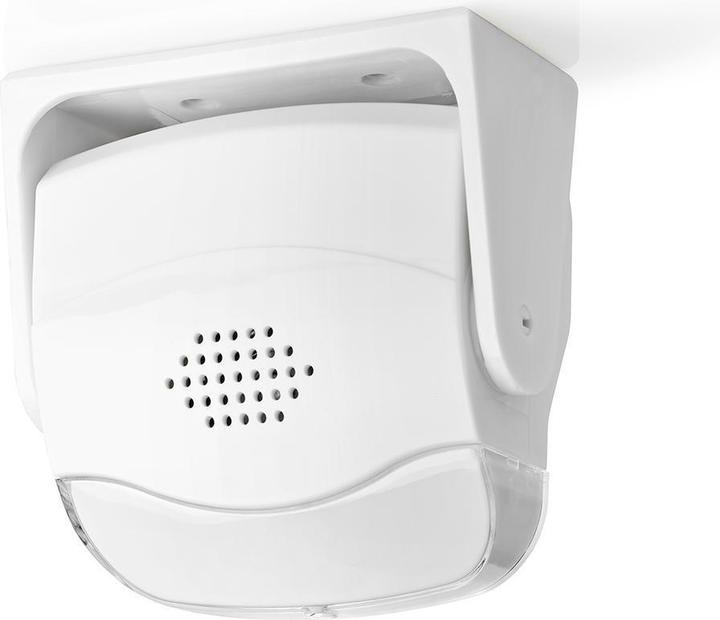
Nedis Door Entry Alarm with Motion Detector & 80 dB Bell, Wall & Ceiling Mounted, White
1.10 m
Laser
Typical price
210.– to 370.–Uses laser beams to detect motion, offering precise and immediate detection.
Perfect for high-security areas, providing accurate and rapid response to intrusions.
Bestseller
Transmission type refers to the method by which motion sensors communicate data to other devices or systems. It impacts the ease of installation, compatibility with existing systems, and the range of communication, influencing the overall performance and integration into smart home environments.
Popular options (you can select more than one)
Wireless
Typical price
45.– to 210.–Operates without physical wires, allowing flexible placement and installation.
Ideal for retrofitting existing properties without the need for extensive wiring, offering convenience and adaptability.
Bestseller
Wi-Fi
Typical price
22.– to 100.–Utilizes existing Wi-Fi networks for communication, enabling remote monitoring and control via internet-connected devices.
Best for users who want to integrate sensors into smart home systems, providing real-time alerts and easy access from anywhere.
Bestseller
Bluetooth
Typical price
100.– to 210.–Connects directly to nearby devices via Bluetooth, suitable for short-range communication.
Efficient for localized setups where devices are in close proximity, offering quick response times and low power usage.
Bestseller
ZigBee
Typical price
25.– to 76.–Employs ZigBee protocol for low-power wireless communication over a mesh network.
Excellent for extensive smart home systems, ensuring reliable and scalable connectivity across multiple devices.
Bestseller

Philips Hue motion sensor
5 m
The brand factor is crucial in selecting motion sensors as it influences reliability, technology integration, and user experience. Philips Hue, Steinel, and Aqara stand out with unique features—Philips Hue for smart home compatibility, Steinel for outdoor durability, and Aqara for affordability and seamless integration with smart ecosystems.
Popular brands (you can select more than one)
Philips Hue
Renowned for seamless integration with smart home systems like Apple HomeKit, Amazon Alexa, and Google Assistant.
Ideal for users seeking advanced automation and remote control of lighting and sensors.
Bestseller

Philips Hue motion sensor
5 m
Steinel
Known for robust outdoor motion sensor solutions with high durability and weather resistance.
Perfect for security purposes, it offers reliable performance in various environmental conditions.
Bestseller
Goobay
Focuses on providing cost-effective, basic motion sensor solutions.
Suitable for budget-conscious consumers looking for essential, no-frills functionality.
Bestseller
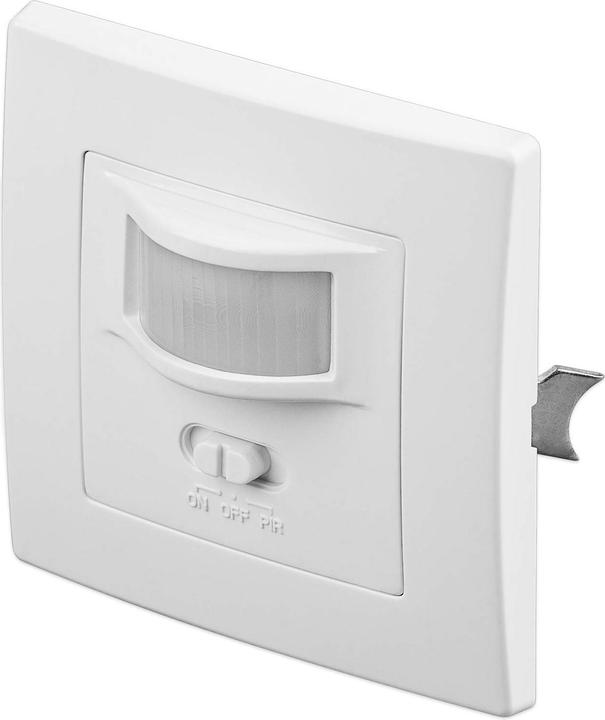
Goobay Flush-mounted PIR motion detector
9 m
BEG
Specializes in energy-efficient motion sensors with advanced technology.
Great for commercial spaces aiming to reduce energy consumption and increase efficiency.
Bestseller
Aqara
Popular for its affordable and high-quality motion sensors compatible with major smart home platforms.
Ideal for tech-savvy consumers looking to expand their smart home ecosystem on a budget.
Bestseller

